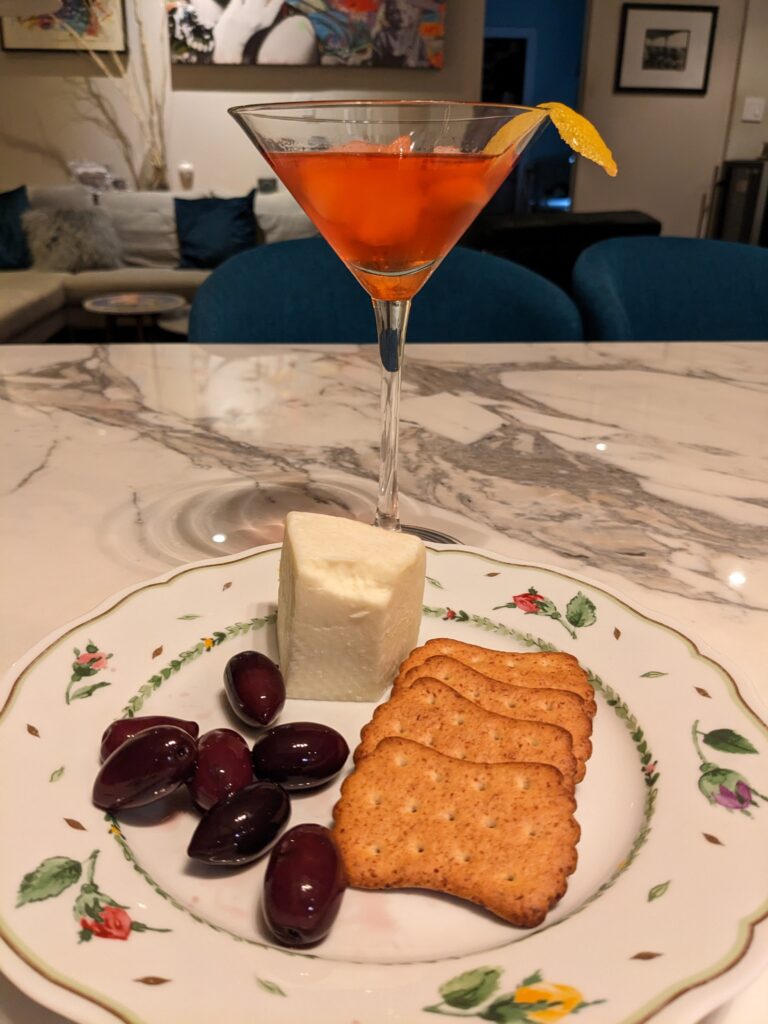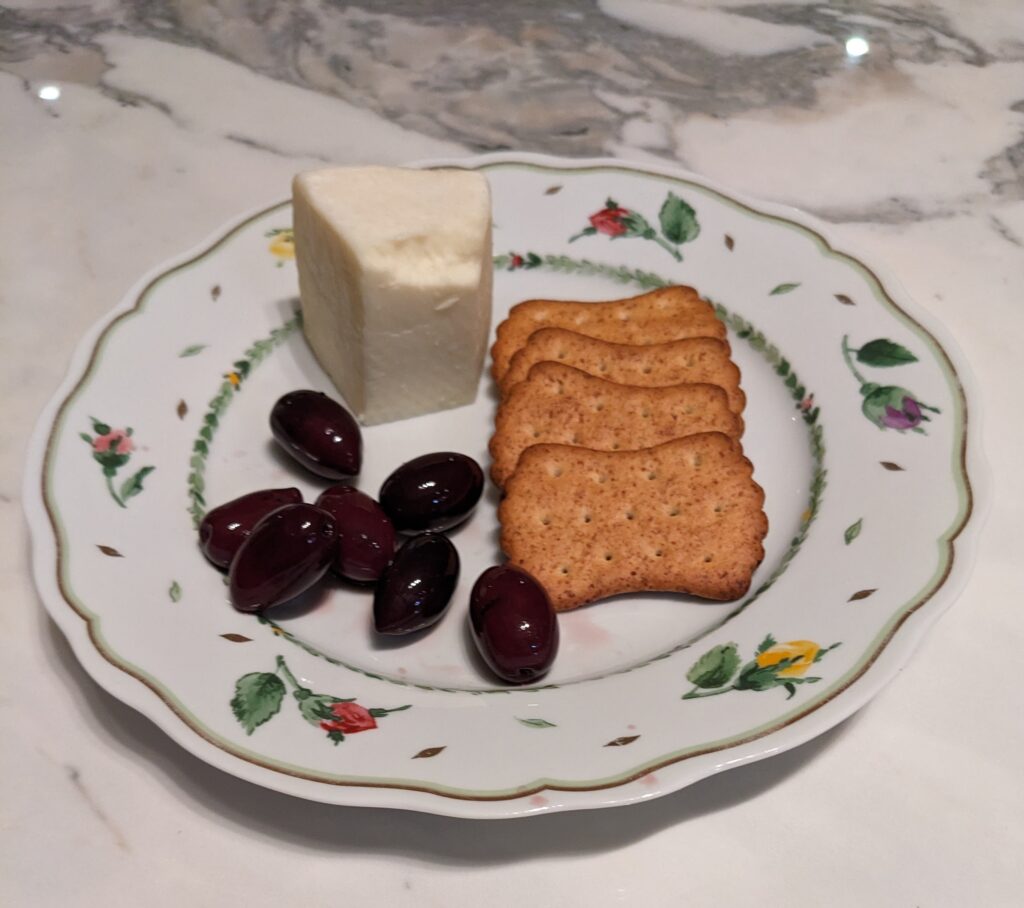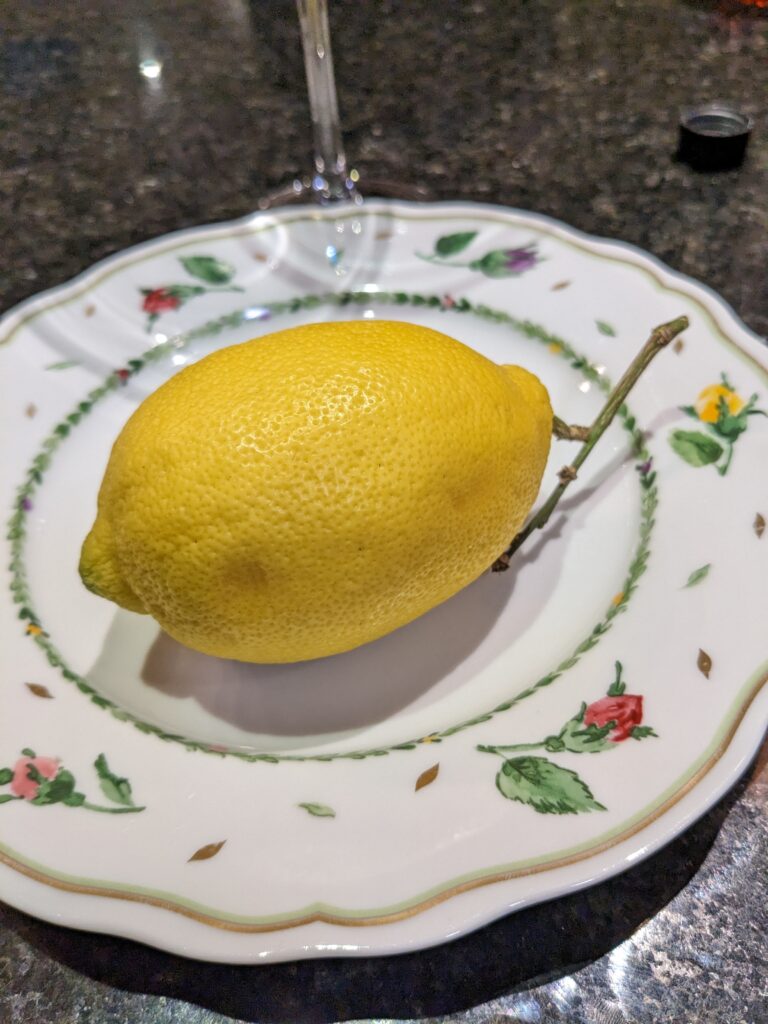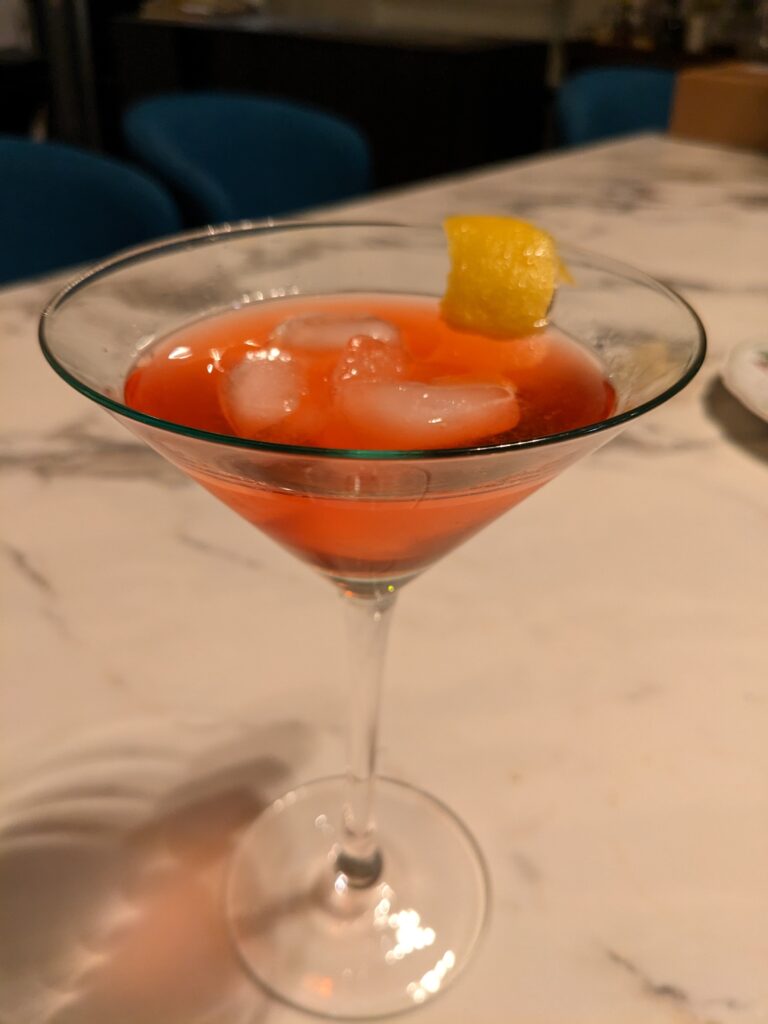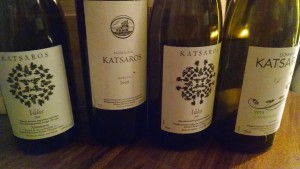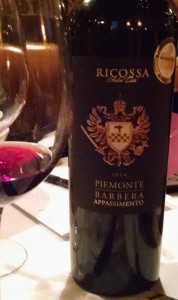Welcome to 2009! A new year always heralds the start of something big and for Grand Cru Classes, 2009 is no exception. This month we launch our recently revamped website and newsletter. Our website URL remains the same (www.GrandCruClasses.com), but the new site is much improved and finally completes our rebrand to the beautiful logo designed by May Matta-Aliah of Red Dot Solutions.
As we bid goodbye to 2008, we began our partnership with Judith Steinhart and introduced our Sex, Wine & Chocolate event, which was a huge success for this first effort. We welcomed 20 participants to the inaugural presentation and were delighted to feature Alexander Valley Vineyards’ aptly named Temptation Zin (Zinfandel); Banfi Vintners’ beautifully-hued sparkler, Rosa Regale; and Godiva Chocolatier’s decadent chocolates and truffles (with special thank yous to Andrew Feigelman, Sharon McCarthy and Traci Schiffer, respectively, for their gracious support of this event). No specific plans have as yet been made, but we do plan to reprise this event in the future and have even received an inquiry to bring the event to Washington, D.C. We also thank the attendees for their candid and thoughtful feedback, which will certainly be useful as we improve future presentations of this fun and festive event. There’s a synopsis of the event on Tracy’s blog.
Other year-end festivities included the comedy debut of our own Tracy Ellen Kamens, who killed (in comedy, that’s a good thing) at her graduation show and was invited to participate in a New Talent Showcase at Comix on Tuesday, February 3 at 7:00 PM. (Call 212-524-2500 and mention Tracy’s name or book online.)
Tracy’s other accomplishments include her induction into the Wine Media Guild and receipt of the Greek Wine Ambassador title and certification from Wines of Greece. In this vein, we turn this month’s attention to just that…wines from Greece.
Drink wisely and well,
Tracy Ellen Kamens, Ed.D., DWS, CWE
CEO: Chief Education Officer
and
Jared Michael Skolnick
COO: Cork Opening Officer
IT’S ALL GREEK TO ME
Last May, I had the wonderful opportunity to attend a seminar hosted by Wines from Greece. The illustrious panel included Steven Olsen (aka Wine Geek), Doug Frost, MW, MS (author and consultant); Roger Daghorn (sommelier from Chanterelle restaurant); Tara Thomas (journalist and author); Michael Weiss (Director of Wine Studies at the Culinary Institute of America) and Sophia Perpera (oenologist and founder, All About Greek Wine).
While Greek wines haven’t made big headlines in recent years, Greece has a long vinous history dating back 4,000 years and is actually considered to be the birthplace of food and wine as a culture. Among its more well-known wine exports is Retsina, which owes its unique flavor to its infusion with pine resin. While not most people’s preference, traditionally, this process actually served a purpose, acting as a preservative and preventing oxidation long before the advent of refrigeration and other modern technology. Other additives, such as opiates, were also common in ancient Greece, which gave rise to those bacchanalian parties. As further evidence of its forward thinking, Greece also pioneered the concept of using specific vessels for specific wines long before Riedel crafted his first crystal stemware. Moreover, antique amphorae also sported the first wine labels, with seals indicating the vintner, vintage, etc
But, it wasn’t until more modern history that Greece has once again become a world class producer of wine. Previously, wines were high in alcohol, low in acidity and prone to oxidation due in part to poor winemaking, high yields and over-oaking. Conversely, today, Greek wines are clean and fresh, with balanced structure and acidity and are quite food friendly. Combining Old World tradition with New World technology, many producers are using indigenous grapes grown at low yields and applying new technologies such as refrigeration to produce high quality wines.
Geographically, Greece resembles an outstretched hand, reaching into the water. Located within the Mediterranean Sea, Greece is a country primarily made up of volcanic islands and qualifying as the third most mountainous country in Europe. Not surprisingly, this is a country whose vineyards are made up of small plots of land with ancient soils, in isolated areas and at high elevations (among the highest in the world, second only to Argentina). Given its maritime location, it has a Mediterranean climate, with a heavy influence from the sea. In fact, low rainfall plagues most of Greece, with moisture coming from fog instead.
Home to over 300 indigenous grapes that have been catalogued, Greece provides great diversity and originality in its wines. Yes, you can find the usual suspects – Chardonnay, Cabernet Sauvignon and Merlot – but more importantly, and more significantly, are grapes such as Roditis, Assyrtiko, Agiorghitiko and Xinomavro.
Amidst the Aegean Islands, Santorini seems like an unlikely place for wine production. Here, soils are a mix of volcanic and minced rock while the climate is extremely dry and windy, so much so that vines must be trained low to the ground in a circular pattern, resembling a woven basket. Yet despite this inhospitable climate, Assyrtiko thrives, producing wines with vibrant acidity and minerality that develop a beautiful richness over time. Among other whites, Athiri grapes are grown in Rhodes and Santorini, providing wines with low acidity, good weight and high aromatics. Roditis is the grape best known for the wines from Patras, which are elegant, light white wines, displaying notes of citrus flavors.
Red grape star Agiorgitiko provides dark color and soft tannins and results in wines with a roundness and balance similar to Pinot Noir. Found in Nemea (the largest red wine appellation in Greece), on the Peleponnese, these wines can be aged and have nice acidity and good aromatics. Another well-respected red variety is Xinomavro, which loosely translates as sour black. This grape is grown in Naoussa within the region of Macedonia, and is responsible in part for the blend in Rapsani on Mount Olympus.
Greece is also known for its dessert wines. Mavrodaphne grapes are generally used to produce sweet, fortified wines that are similar in style to ruby Ports. Other sweet Greek wines include Muscats of Samos as well as those from Rion and Patras, with notes of apricot, honey, orange peel and spice.
The wine renaissance taking place in modern Greece is long overdue, but well worth the wait. And, just in time, too, as Greek food has become an important trend in Metropolitan restaurants. In fact, according to Olsen, New York Magazine declared that “octopus is the new calamari.” But, regardless of what you order, Greek wines are food friendly wines that can pair easily with a wealth of cuisines. And, with your newly acquired knowledge, reviewing a list of Greek wines should no longer have you saying, “It’s all Greek to me.”
Tasting Notes
Emery, Athiri, VDQS Rhodes, 2007, Rhodes, Greece, $14.00
A whitewine with intense aromatics of citrus, peach and slight mineral notes, the palate is dry with medium acidity and flavors of citrus, an herbal undercurrent and some floral notes.
Tselepos, Mantinia VDQS, 2007, Mantinia/Peloponnese, Greece, $17.00
From the Moschofilero grape, floral, spice, peach and pear notes are immediately evident in this highly aromatic wine. On the palate, it has high acidity and long length, which harmonize with the wine’s complex flavors of strawberry, nectarine, jasmine and ginger, making it extremely versatile for food matching.
Sigalas, Santorini VDQS, 2007, Santorini/Aegean Islands, Greece, $19.00
Produced from Assyrtiko grapes, this wine has herbal and citrus aromas on the nose. It is dry, with medium acidity, and good concentrated fruit flavors of peach and herbs, culminating in a long length.
Gaia Estate, Nemea VDQS, 2005, Nemea/Peloponnese, Greece, $35.00
Aromas of black fruit, cherry, spice and wood greet the nose. This dry and well structured red wine, made from Agiorghitiko grapes, has medium acidity with a medium+ body and ripe tannins. Fruit-forward, explosive flavors of wood, blackberry, spice and oak persist on the palate.
Boutari, Grande Reserve, Naoussa VDQS, 2001, Naoussa/Macedonia, Greece, $22.00
Produced from the Xinomavro grape, this is a very aromatic red wine, with notes of black cherry, herbal, dried fruits and tar that echo on the palate. Dry and full bodied, it has grippy, but ripe tannins with bright acidity and long length. Rich and complex with black olives, dried tomatoes and concentrated fruit, the wine is still young and could use some additional age. It would pair well with gamey meat and hard cheeses.
